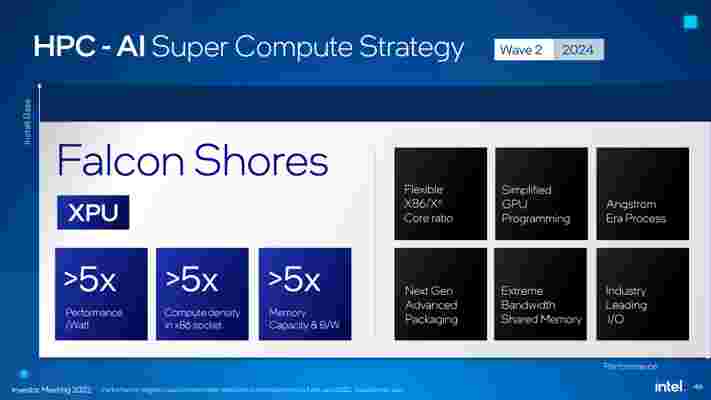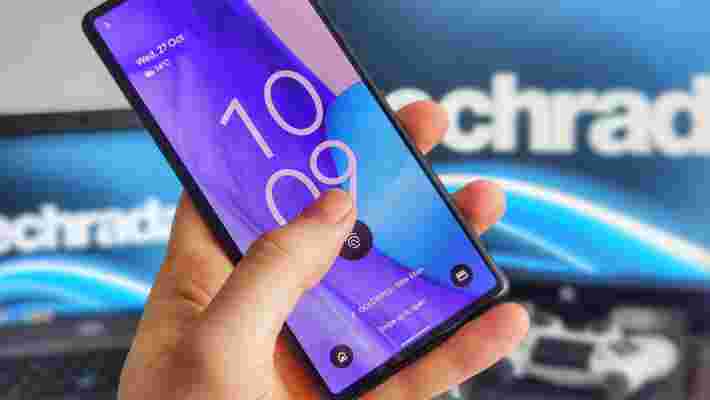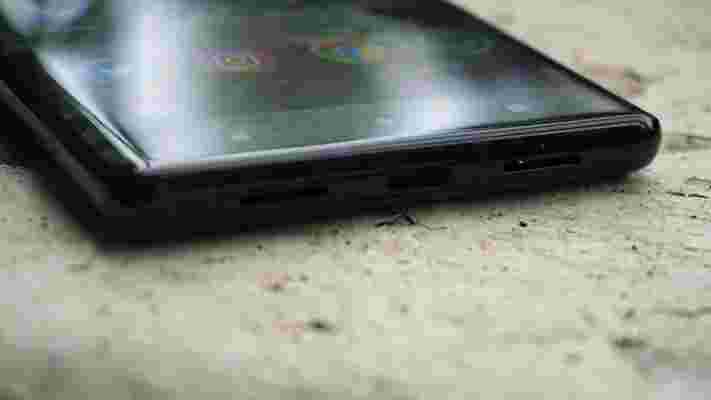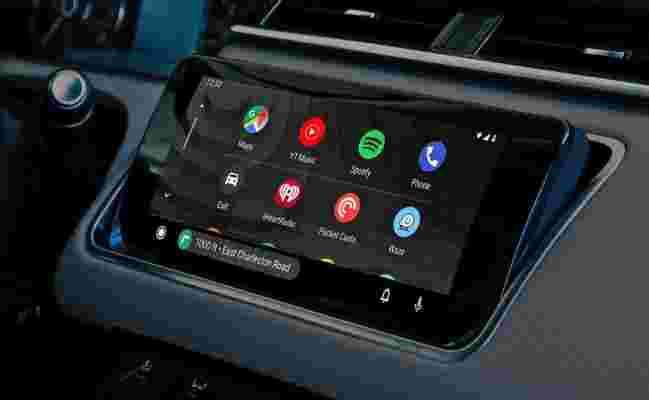Intel has teased new Xeon chips that will collect CPU and GPU hardware into one socket to maximize performance across high performance computing (HPC) use cases.
Codenamed Falcon Shores, the new line of processors will combine x86 CPU cores with Xe-HPC GPU cores, with varying ratios depending on the intended workload. These cores will connect up to shared “high-bandwidth memory developed by Intel”.
The company says it expects Falcon Shores processors to arrive some time in 2024, paving the way for zettascale supercomputing systems .
Intel targets zettascale
Traditionally, supercomputers have relied on discrete CPUs and GPUs to support balanced performance across a range of workloads. However, Intel says the integration of both types of compute unit into a so-called XPU will have significant performance advantages.
“Falcon Shores will bring x86 and Xe GPU acceleration into a Xeon socket, taking advantage of next generation packaging, memory and IO technologies,” said Raja Koduri, who leads Intel’s Accelerated Computing Systems and Graphics segment.
Such a system will offer “huge performance and efficiency improvements for systems computing large data sets and training gigantic AI models”, he says.
Specifically, Intel expects Falcon Shores to offer a five-fold increase in compute density per socket, memory capacity and bandwidth, and performance per watt, in comparison to hardware on the market today.

The new line of processors will supposedly act as a stepping stone towards achieving Intel’s goal of enabling zettascale systems by 2027. For context, the latest supercomputers are only now beginning to break the one exaFLOPS barrier, a feat of performance 1,000x lesser than a zettascale machine would be capable of.
However, Intel is confident that Falcon Shores will bring together all the ingredients required to take HPC systems to this next level within just half a decade.
“Beginning with the technology foundation we have today, you need significant revolutionary gains in architecture, in power efficiency and thermal management, in process and packaging technology and in memory and IO capacity and bandwidth,” noted Koduri.
“[But] we have our advanced technology teams already on their way with inventions to pave the path to zettascale.”
Via Tom's Hardware
Battlefield 2042 player count drops below an awkward number
Battlefield 2042 hasn’t been having a good time. Bugs, glitches, and server issues have plagued DICE’s competitive military shooter since it launched last year, disappointing fans and quickly driving players from the game.
Over the past few months, the number of active Battlefield 2042 players on PC has plummeted, dropping from its all-time peak of 100,000 to only a fraction of that number. Now, its playerbase has dwindled so much that the number of active players has fallen below the game’s title number.
According to SteamDB , February 14 saw the number of people playing Battlefield 2042 on Steam drop to 1,921. By comparison, over 21,000 players had hopped into Battlefield V during that time. That means Battlefield 2042 brought in less than 10% of the players its predecessor was able to. Even Battlefield 1, which released back in 2016, is outranking 2042, pulling in over 7,200 players at the time.
The past month doesn’t show Battlefield 2042 in much of a better light, either. As of press time, Steam Charts shows the game’s average player count reached only 4,925 over the last 30 days, a nearly 90% fall from its November average of 51,299.
These figures are likely to be lower than the game’s total PC player count, however, given Battlefield 2042 is also available to play through the Epic Games Store and Origin. Add to that the console users who are playing the game on Xbox Series X /S, PS4 , and PS5 , and the game’s overall playerbase will be larger.
Analysis: further to drop

That the number of active Battlefield 2042 players has dropped below the number in the game’s title doesn’t count for much in a statistical sense, but it is a stark indication of just how poorly the game has been received by players.
A heavyweight multiplayer series that has consistently raked in millions of sales for EA across the past decade, the publisher is sure to be reeling from just how quickly fans have bounced off this latest release. Its player count has been heading downwards for months and doesn’t look like it will make a recovery anytime soon.
Alongside persistent bugs, 2042's lack of updates has deterred many fans from sticking with it. DICE recently delayed Battlefield 2042's first season of DLC , promising to spend the intervening months fixing existing glitches, implementing quality-of-life improvements, and adding additional features off the back of fan feedback.
But it will take a lot of work to fix the game and mend the broken goodwill between DICE and its fans. Unimpressed by the speed at which the game has been updated, as well as EA’s inability to fully acknowledge its poor state, many have written off the game completely. Players are now looking for refunds, unwilling to wait for the promised improvements.
The question now is not how far Battlefield 2042 will sink - it’s already sunk to depths well below anyone imagined it would - but whether it can recover. The slow rollout of new content, its persistent glitches, and the snowballing anger of its players will only serve to hasten its surprisingly fast, unglamorous demise.
Google Pixel 6 problems: all the known problems and solutions
The Google Pixel 6 and Pixel 6 Pro are great phones, each achieving four stars in our reviews, but they’ve also suffered from a surprising number of problems, with users reporting all sorts of issues with the devices.
Below, we’ve cataloged the main problems that have been reported, along with details of any potential fixes for them, be they things that you can do now or planned software updates to resolve the issue.
Sadly, not all of the issues have any known fixes, but we’ll update this article if that changes.
Unreliable fingerprint scanner
One of the most common complaints about the Pixel 6 range is that the fingerprint scanners don’t work very well. Readings can be slow and they will often fail, as we found ourselves in reviewing these phones.
Google has addressed the slowness part of the problem and suggested that you press firmly, make sure the display is clear of dirt and smudges, and – if you have excessively dry fingers – moisturize or re-enroll them.
Since then, the company has rolled out a software update that includes improvements to the fingerprint scanner stability and performance, but it's unlikely this has fully solved the problem, as Google claims that it’s slow because of "enhanced security algorithms".
Still, it’s possible that Google might eventually be able to optimize those algorithms to speed things up in future.
Broken fingerprint scanners

Perhaps the most troubling issue suffered by Pixel 6 users is that the fingerprint scanner reportedly breaks if you let the battery run flat.
This is fixable, but at the moment possibly only by factory resetting your phone – and if the battery runs flat again then you might suffer this issue all over again. It seems this problem doesn’t affect every Pixel 6 and Pixel 6 Pro, but a large number of people have reported it.
The good news is that since a factory reset fixes this it’s presumably a software issue rather than a hardware one, which means Google will hopefully be able to provide a more permanent software fix down the line.
In fact, a January software update included various vague fingerprint scanner fixes and improvements, but it's not clear from the changelog whether this particular issue was fixed or not.
Screen repairs breaking the fingerprint scanner
The Pixel 6's fingerprint sensor seems to be one of its least reliable components, because on top of the issues above, there have now been numerous reports that the fingerprint sensor breaks when the screen is repaired - even when getting the screen repaired by a Google-endorsed service provider.
The issue appears to be a calibration tool for the fingerprint sensor which fails, leaving the digit scanner disabled.
There's no obvious fix for this, but it's something Google has acknowledged so hopefully there will be soon.
Screen issues
Users have reported a number of issues with the screen on the Pixel 6 range, with some saying that the screen flickers when pressing the power button while the phone is off, and others reporting a green tint to the display.
While there’s no news on a fix for the greenish tint, Google has acknowledged the flickering , saying that the issue can happen if you don’t press the power button hard enough to turn the phone on.
The company issued a fix for this in a January software update, but if you're still having problems then to avoid the issue, simply hold the power button down until your Pixel handset switches on.
Slow charging

The Pixel 6 range can supposedly charge at up to 30W, but Android Authority has found that the maximum power obtained by either the Pixel 6 or Pixel 6 Pro when charging is 22W, with the average being 13W over a full charging cycle.
There’s probably no way for Google to increase it to 30W, as that’s likely a hardware limitation, but it might be possible for a software update to at least bring the average closer to 22W. For now though there’s no news on that.
Ghost calling contacts
Some Pixel 6 owners have reported that their phone will spontaneously call contacts, with the issue seemingly being related to Google Assistant, which might be mishearing things and thinking they instructed it to call someone.
The good news is that this issue appears to have been fixed, with a January software update including a "fix for issue causing Assistant to unintentionally start a phone call in certain conditions."
If this doesn't work for you though, a temporary fix is to disable Google Assistant on the lock screen, by heading to Settings > Google Assistant > Lock Screen > Assistant responses on the lock screen, and turning it off.
No signal
There are scattered reports of Pixel 6 models just flat out refusing to connect to a network, either intermittently or at all.
Tom’s Guide reports that on Verizon they’ve sometimes been told that the carrier is temporarily unavailable, leaving their phone out of action for a period of time, while some users of networks such as iD Mobile and Giffgaff in the UK are reporting that they can’t get a signal at all. Since then, reports of the issue have grown .
Some users are reporting that a January update has fixed the issue, but for others there's no change.
It’s unclear how widespread this issue is, but if the latest patch didn't sort it for you then there doesn’t appear to be a fix currently, other than hoping it resolves on its own, or that Google or your network will push an update through to fix it.
Android Auto issues

Another issue affecting some Pixel 6 owners is the handset not connecting to Android Auto.
A number of posts to this effect have been logged on Google’s community support pages, with one gaining a reply from a member of the Android Auto team , who claimed that the company is unable to reproduce the issue, but will use bug reports from users to attempt to fix it. So there’s hope that this one will be solved soon.
Broken Wi-Fi Calling
Some Google Fi customers are finding that Wi-Fi Calling isn’t working on the Pixel 6 range, but posts on Reddit suggest that in many cases this issue seems to be fixing itself over time, so patience might just be needed here.
In the meantime, you might have some luck if you turn airplane mode on and then off again.
Google has also issued a software update that includes a "fix for issue that disabled call features on certain devices or networks in certain conditions", so that might be referring to this.
Iffy auto brightness
Some users on Reddit are also reporting that their Pixel 6 or Pixel 6 Pro will keep adjusting its screen brightness , with no change to the environmental lighting.
Seemingly this is a result of the auto brightness algorithm learning how bright you like your phone, so if you manually adjust your brightness when it shifts to a level that you’re not happy with then it should eventually learn how you want it.
On top of that, a January software update included "general improvements for Adaptive brightness response in certain conditions" which might hopefully mean it learns your habits less intrusively.
Magic Eraser crashing Google Photos
The Magic Eraser function on Pixel 6 is a handy photo editing feature, except for some users it would cause Google Photos to crash .
Thankfully, this bug has now been fixed - just make sure you're updated to the latest version of Google Photos.
Hold for Me and Call Screening disabled
Google itself intentionally disabled the Hold for Me and Call Screening features on Pixel 6 handsets for a while due to an issue, but the company reports that these features should now be up and running again.